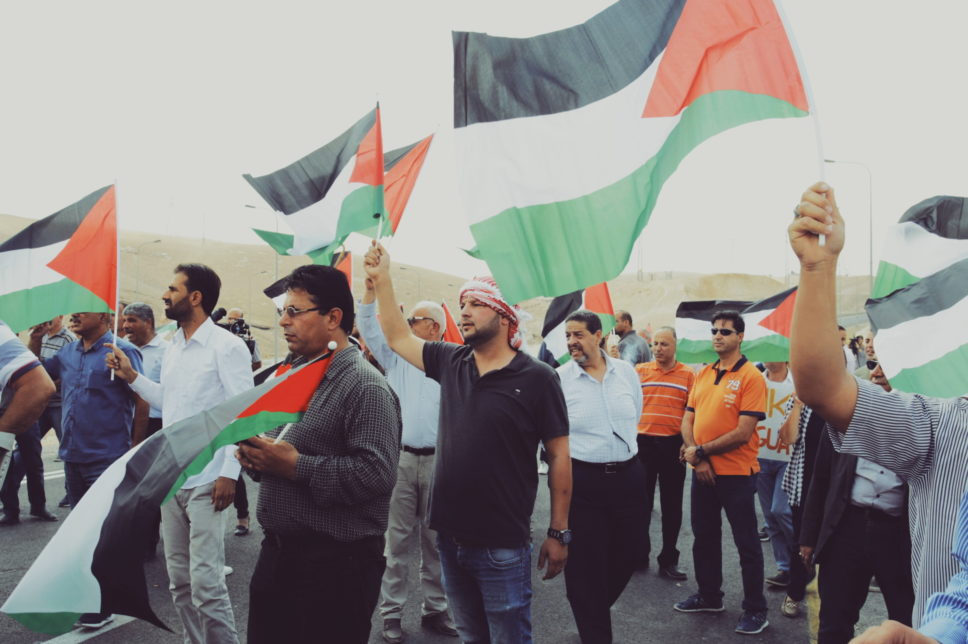Tag: Eviction
-
Activists stand in solidarity with the residents of Khan al-Ahmar
7 September 2018 | International Solidarity Movement, Ramallah team | Khan al-Ahmar, occupied Palestine After an Israeli court ruling on September 5 2018 confirmed the eviction and demolition of the Palestinian Bedouin village of Khan al-Ahmar, residents of the village, Palestinians from across the West Bank and international activists have gathered each day in solidarity…
-
Protest against house demolition in al-Walaje
19th August 2017 | International Solidarity Movement | Al-Khalil team, Occupied Hebron Friday 18th of August, the villagers from al-Walaje, a village near Bethlehem, were peacefully protesting the demolition orders of 22 houses in their village. The residents received the demolition order last month. The Israeli forces want to demolish the houses in order to expand…
-
Susya faces demolition for the eighth time
27th February 2017 | International Solidarity Movement, al-Khalil team | Susya, occupied Palestine The village of Susya in the south Hebron hills faced complete demolition again yesterday as the Israeli court, and the villagers, waited for the Israeli government to announce its plan for demolition. The Israeli government asked the court for a 48 hour…


